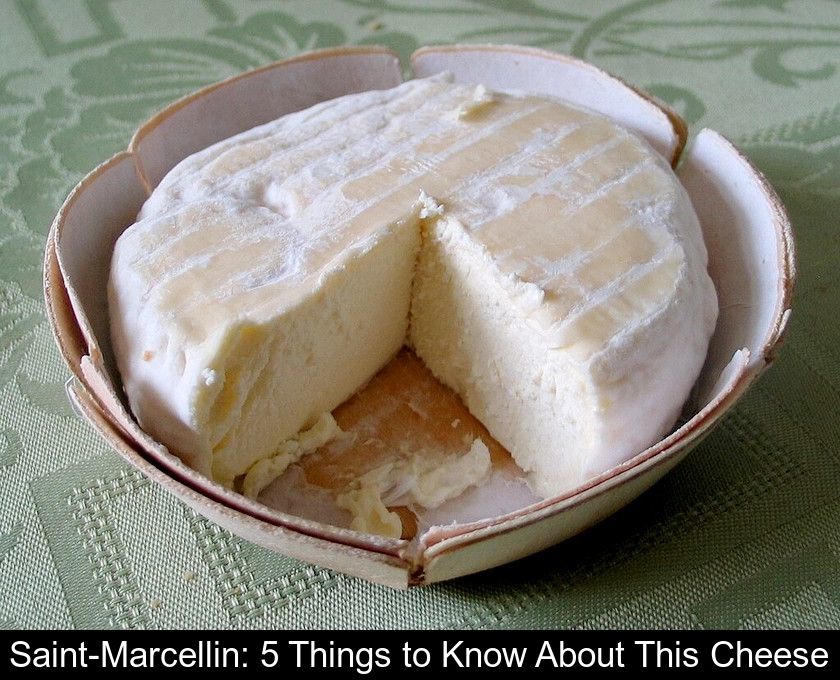Saint-marcellin: 5 Things To Know About This Cheese
Small round cheese from the Dauphiné region, Saint-Marcellin has been protected by a geographical indication since 2013. Here are 5 things to know about this cow's milk cheese that is highly appreciated for its creamy texture.
Its origin dates back to the 15th century.
Even though the name "Saint-Marcellin" wasn't systematically used in trade until the 19th century, the origins of this small French cheese are much older.
The first mention of this cheese is found in the account books of King Louis XI's administration. It proves that these small, soft-paste tommes were already being consumed at royal tables in 1461!
At the time, the town of Saint-Marcellin was renowned for its market, where this local specialty was sold. Thus, it was only natural for the cheese to take the name of the town when it began to be marketed in the 19th century.
Legend has it that Auguste Casimir Perrier, then minister of Louis-Philippe, fell in love with this specialty from Dauphiné and declared: "It's delicious, send me some every week to the castle!"
Originally, this cheese could have been made with goat's milk.
Today, the Saint-Marcellin IGP is a soft cheese with a bloomy rind made from cow's milk.
It has had a PGI (Protected Geographical Indication) since 2013.
Since 2013, Saint-Marcellin cheese has been protected by the IGP label, or Protected Geographical Indication. Its production area includes 274 municipalities in France and extends into Isère, Drôme, and a small part of Savoie.
The IGP label is a European label that guarantees traditional know-how. It is awarded to products whose characteristics are linked to a place or geographical area.
In the case of this small cheese, the Committee for Saint-Marcellin, established in 1994, ensures that this product maintains its five-century-old authenticity.
Its manufacturing process has remained unchanged.
To make Saint-Marcellin cheese, cow's milk is primarily used from Montbéliarde, Holstein, and Abondance breeds.
The cows graze for at least 180 days a year and are fed grass, corn, hay, and local fodder. This is what gives their milk and the final cheese its good taste of the terroir.
The small, soft cheese also owes its character to its farmhouse production technique. It comes from an unpressed and unmixed lactic curd, which is lightly salted then dried and matured.
Everyone enjoys it to their own taste.
33 million Saint-Marcellin cheeses are produced in France every year. Although this cheese always has the same shape and weighs a minimum of 80 grams, its taste and texture vary depending on the degree of maturation.
Some prefer it dry, others like it creamy or somewhere in between! That's why a local saying goes "To each their own Saint-Marcellin!"
Whatever your preference, note that this regional cheese is best enjoyed with country bread and pairs well with apples, Grenoble walnuts, and local honey. Dried fruits add crunch while fresh fruits lend a sweetness to the mix.
As for drinks, you can pair it with a farmer's apple juice or an Isère cider, as this is the area of its protected geographical indication.











